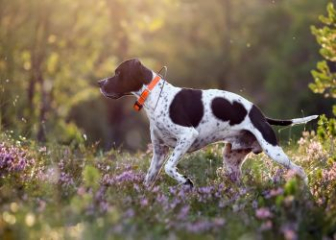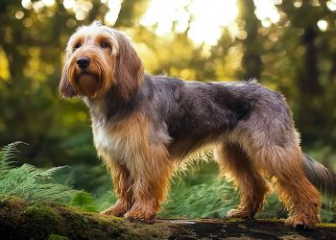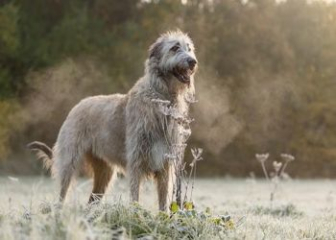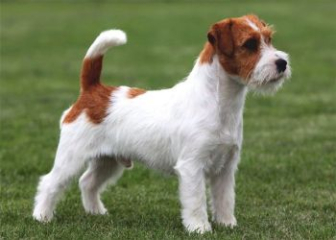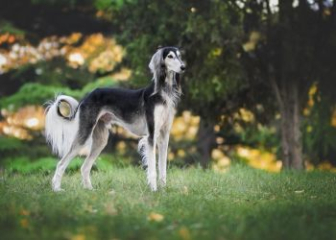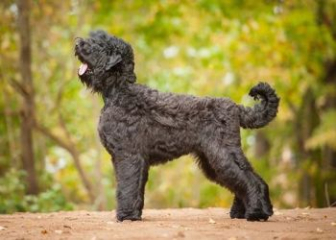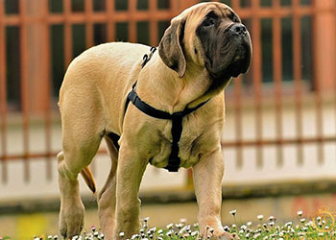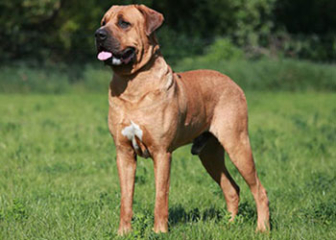Havanese Dog - A cute little dog breed from Cuba
Blog | by
Learn about the Havanese dog - a small, beautiful breed originating from Cuba, known for its long, silky coat, friendly, intelligent temperament and extreme "clinginess" to its owner.
The Havanese dog - a lovely breed of dog from Cuba - is a perfect choice for those who are looking for a small, cute, obedient, intelligent and affectionate dog. With a cute face, long silky fur and a gentle, friendly personality, the Havanese has captured the hearts of many dog lovers around the world.
In the article below, let's explore all the dog breed information about the origin, characteristics, personality as well as instructions on how to care for Havanese dogs to help you easily "conquer" this lovely puppy!
About the Havanese Dog
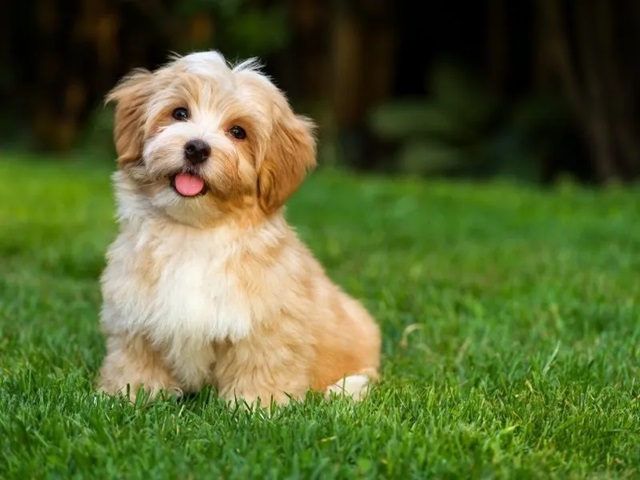
Learn about the origin of the Havanese dog.
The Havanese is a native Cuban breed of Bichon, originating from Spain and developed over centuries in Havana, the capital of Cuba. It is both the national dog of Cuba and the only surviving descendant of the “Bichon Tenerife” group of dogs in the Caribbean.
Havanese dog development process:
- The ancestor of the Havanese is the Spanish Bichon.
- In the 15th and 16th centuries, the Spanish and Italians brought small dog breeds such as the Bichon Frisé, Bolognese, and Maltese to the Caribbean countries, where they were gradually crossbred and developed into the Havanese - a small white dog that adapts well to the tropical climate in Cuba.
- In 1959, after the Cuban Revolution, the first Havanese dogs were brought to the United States and then continued to be bred and developed widely in Europe and North America.
- In 1996, the AKC - American Kennel Club recognized the Havanese as a separate breed.
- Today, the Havanese has become one of the most popular dog breeds in the US, UK and Asian countries.
Havanese dogs have a cute, adorable appearance.
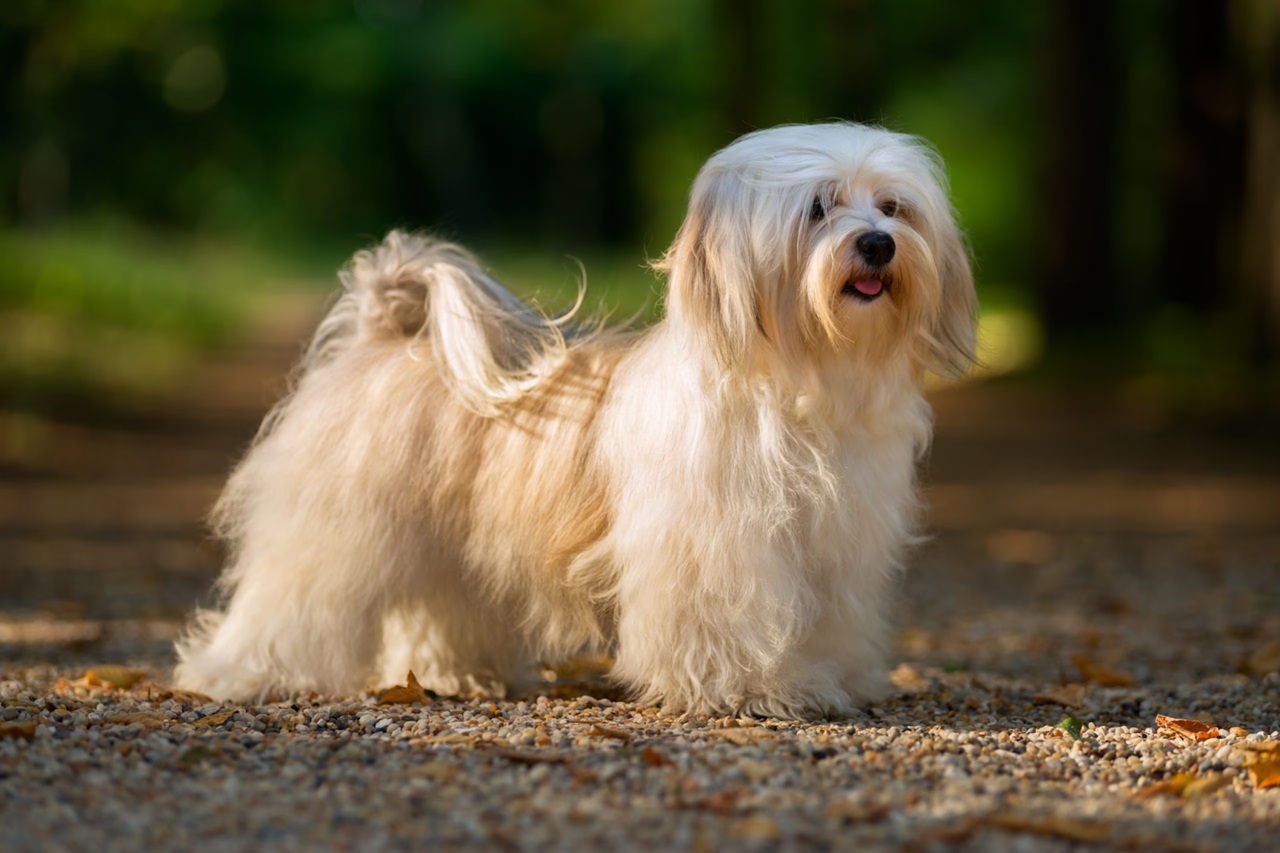
A Havanese has a long, glossy coat.
The Havanese dog has a small appearance but stands out with its long, silky fur and graceful gait. Let's learn more about the physical characteristics of this breed.
Size :
- Height: 23 - 27 cm
- Weight: 4.5 - 7.5 kg
- Body: Small, sturdy, well-proportioned body structure, light, graceful, slightly bouncy gait - common characteristics of an active breed, generally very elegant, lovely and gentle.
Head & face :
- Small head in proportion to body
- Moderately large eyes, oval shaped, usually dark brown or black, look very intelligent and alert.
- Long ears, hanging down on both sides of the roof, with smooth, thick fur, looking very gentle.
- The nose is usually black or dark brown.
- Muzzle not long not short, strong jaw, close teeth
- Face has many lively and cute expressions
Tail & legs :
- The tail curves over the back, thick hair - a characteristic of purebred Havanese
- Short, straight legs, compact feet
Fur and fur color :
- Long, silky hair that can be slightly curly or wavy but never 100% straight
- Thin lining layer, increases heat resistance
- Hair can grow up to 15 - 20 cm long if not trimmed.
- Coat colors are diverse such as white, brown, black, chocolate, cream, yellow, mixed colors,...
Havanese Dog Temperament & Behavior
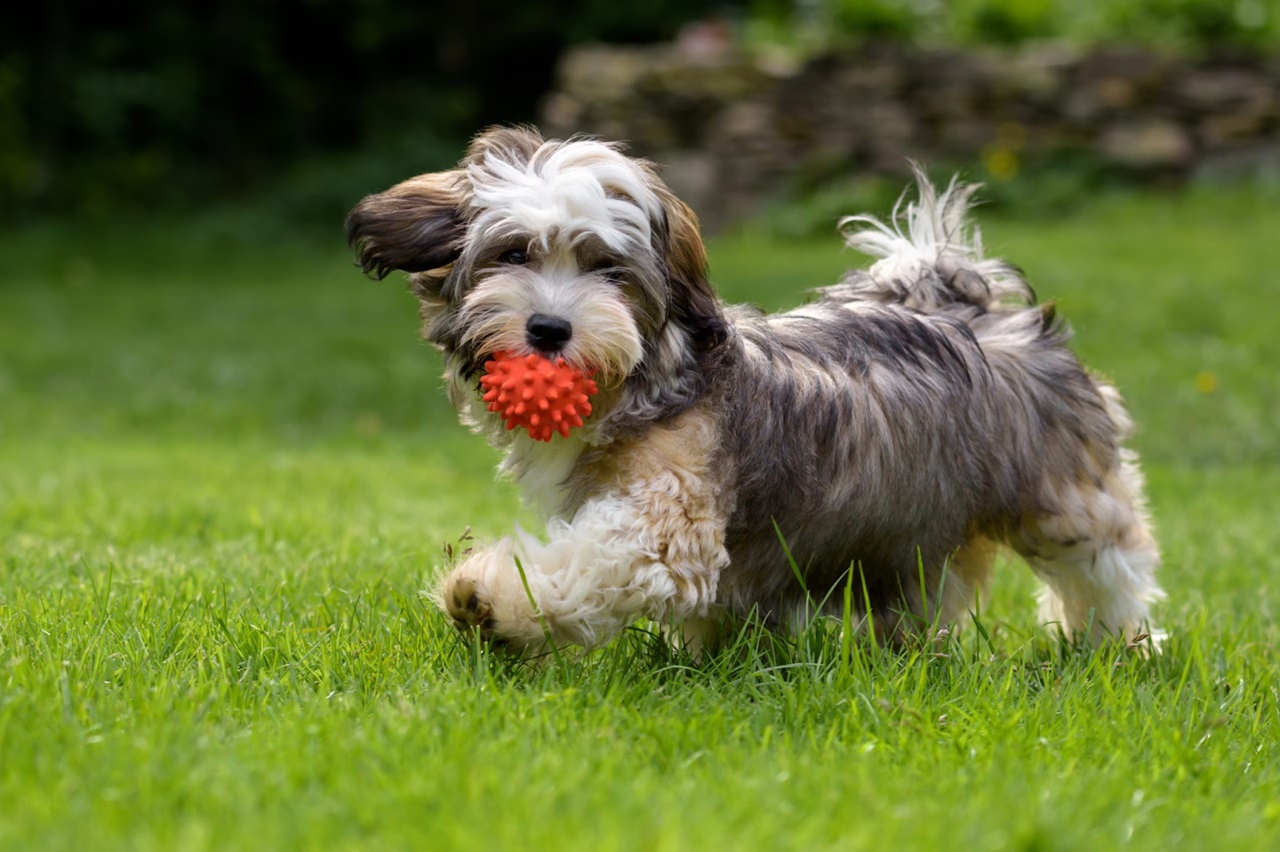
Havanese dog playing with chew toy.
Not only possessing a cute appearance, the Havanese dog also has a gentle, intelligent and extremely "attached" temperament. Details about the habits and behavior of this dog breed are shared below, let's find out now.
Kind & Affectionate
Havanese are a very affectionate breed of dog, they always want to be close to and follow their owners or family members 24/7, even when you go to the kitchen or work. They are likened to "cute little shadows" because of their extremely high "stickiness".
Intelligent & Trainable
Havanese are very intelligent dogs, they can quickly pick up basic commands and even advanced ones. They are eager to learn, especially when you encourage, cheer or reward them. They can master basic skills such as sit - lie down - shake hands - do not bark or stay by their owner's side when going out.
Gets along well with children and pets
With a gentle personality, Havanese is also very gentle and never shows aggression, especially towards children and other pets in the family such as cats, rabbits, dogs,... if they are familiarized beforehand.
Active but not overly active
The Havanese is a dog that loves to run and play, but it won’t have the same “bursts of energy” as many other hunting and herding breeds. They usually play in a gentle manner, such as throwing a ball, pulling a leash, or running around the yard.
If they do not get enough exercise and attention, they can easily get bored and exhibit bad behaviors such as barking a lot or biting furniture,...
Sensitive & doesn't like being left alone for long
Havanese are very sensitive to human emotions, they can easily sense whether you are happy, sad or angry. When they see you sad or stressed, they will often avoid you. Because of this, they are also used as emotional therapy dogs.
Along with being sensitive, Havanese do not like to be left alone for too long, they can suffer from separation anxiety, barking constantly, scratching at doors, chewing on toys,...
Adaptable to living space
Unlike many other breeds of dogs, Havanese are very adaptable to new living environments, from small apartments to garden houses, they can still live comfortably and healthily if they get enough exercise and receive daily attention.
Guide to raising Havanese dogs properly
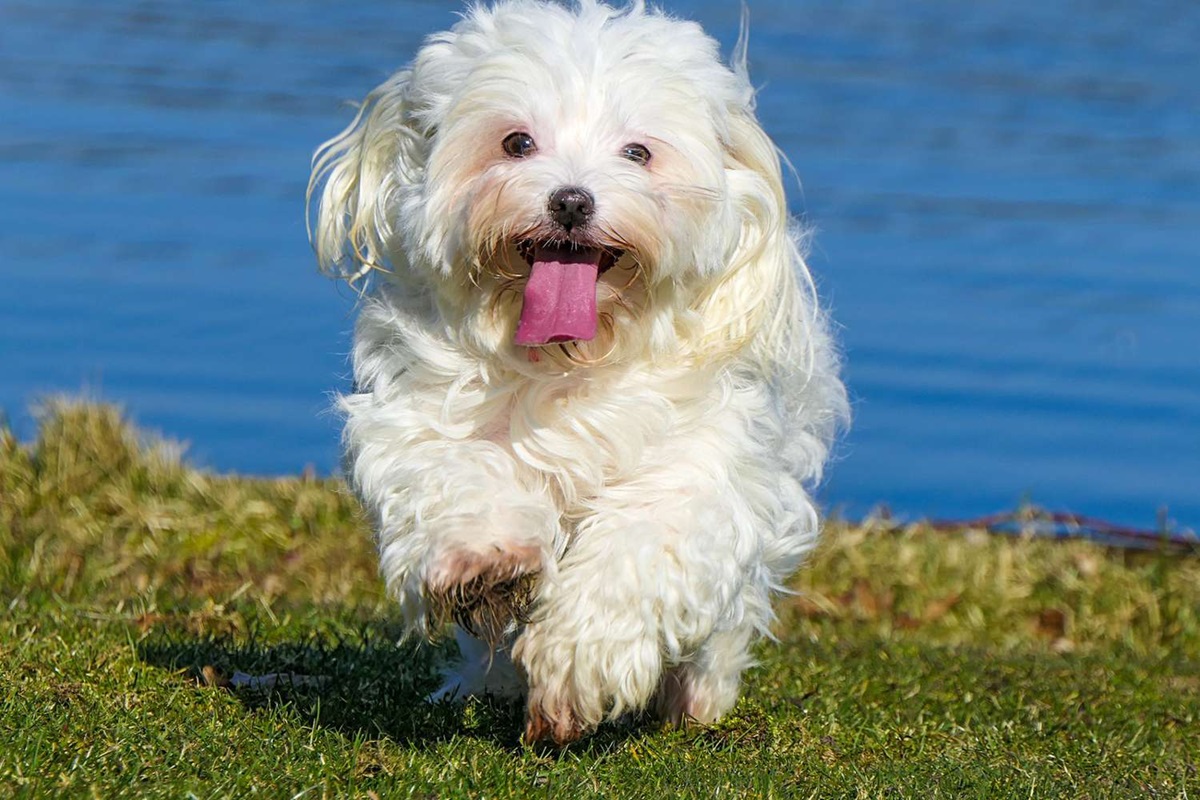
How to raise & care for Havanese dogs from A - Z.
Right below, we have provided instructions on how to properly raise a Havanese dog based on recommendations from experts or reputable breeders. Let's learn more to successfully raise a healthy and beautiful Havanese puppy.
Choose the right living environment
The Havanese dog will grow well and be healthy if raised in a suitable environment, at least meeting the following basics:
- They prefer to stay indoors than outdoors because they are very clean.
- There is a quiet, airy resting corner, with soft cushions to lie on, toys to play with and clean water to drink at all times.
➝They can completely live in an apartment, townhouse or house with a garden, as long as they meet the above basic requirements.
Provide nutrition according to age
Depending on age, Havanese dogs will need their own specific nutritional regimen, as follows.
Havanese puppies from 2 - 6 months old:
- Eat 3 - 4 meals/day
- Cooked and soft foods such as chicken porridge, minced meat porridge, pumpkin, chicken eggs,...
- Supplement with soft puppy food or puppy formula.
- Supplement digestive enzymes and multivitamins to increase resistance
Adult Havanese Dogs from 6 months - 7 years old:
- Eat 2 - 3 meals/day, balance between protein - fiber - starch
- Can be replaced with dry food, fresh pate,...
- Provide clean water 24/24
Note : Absolutely avoid foods with small bones that are easy to choke on, spicy foods, onions, garlic, chocolate,...
Regular grooming & personal hygiene
If you want your Havanese to always look beautiful, clean and fragrant, you need to pay attention to regular grooming and hygiene, specifically as follows:
- Brush hair daily or at least 4 - 5 times/week to avoid tangles
- Trim hair regularly 1-2 times/month to keep hair in beautiful shape
- Bathe 1-2 times/month with specialized shower gel, dry immediately after bathing.
- Clean ears weekly with specialized solution
- Trim nails when they are long to avoid breaking them while running or moving.
- Brush teeth 2-3 times/week with dog toothpaste
Training, socialization from childhood
To help your Havanese become the most obedient and well-behaved dog, you need to have a training and socialization plan from the time they are young.
- Start training early, 8 - 10 weeks.
- Teach basic commands such as sit down, stand up, go to the toilet in the right place, come when called by name,...
- Let your dog interact with many people and other pets to make them more sociable and friendly.
Move & interact every day
As shared above, Havanese dogs love to exercise and interact, so you need to spend time every day taking them for walks, running and playing to create a closer feeling.
Vaccination & regular health check-ups
One thing that helps keep your Havanese healthy is regular vaccinations and health checkups. Pay attention to the following:
- Vaccinations for basic shots such as: kennel cough, care, parvo, rabies,...
- Deworming every 1 - 3 months, depending on age
- Regularly apply flea and tick medication
- Check your dog's health every 6 months as directed by your veterinarian to monitor his health.
Are Havanese dogs expensive?
If you buy a purebred Havanese with full VKA, AKC papers and clear origin, the price will be quite high, ranging from 25 - 40 million VND, and can even go up to over 100 million VND for high-quality show dogs.
Currently, the number of purebred Havanese bred and reproduced in Vietnam is very limited, so the price is often very high, equivalent to high quality imported lines.
Beautiful Havanese dog pictures
If you are looking for beautiful, cute, high-quality Havanese dog pictures, don't miss the collection below. We guarantee you will fall in love with the cute face of this breed of dog.
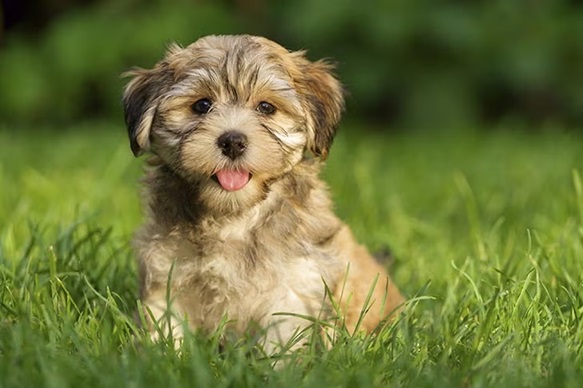
Havanes puppy with lovely face.
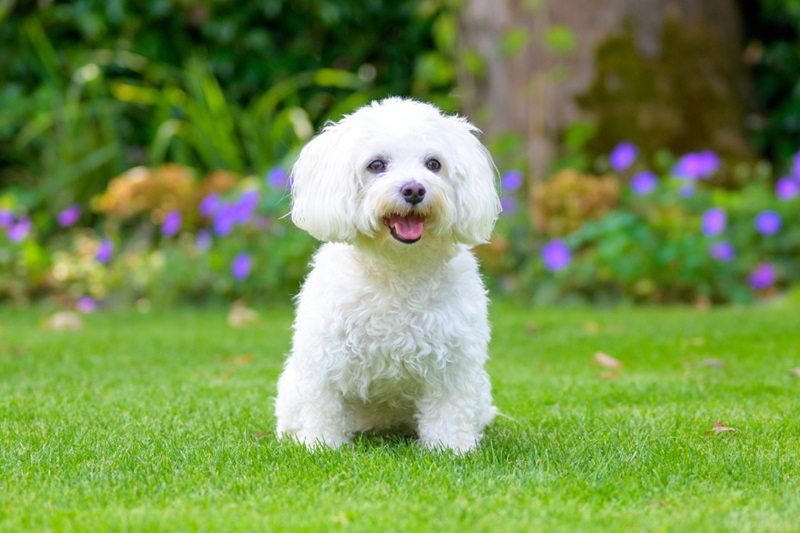
Havanese dog with pure white fur.
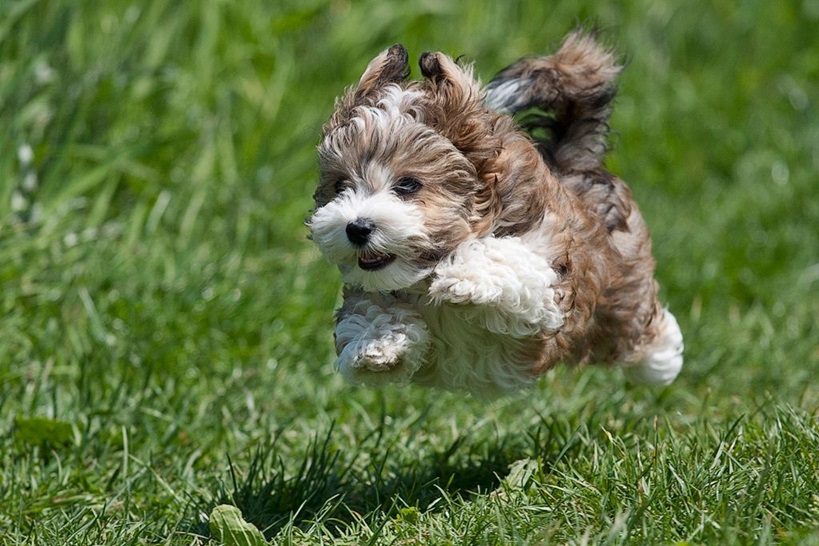
The Havanese dog is running around on the grass.
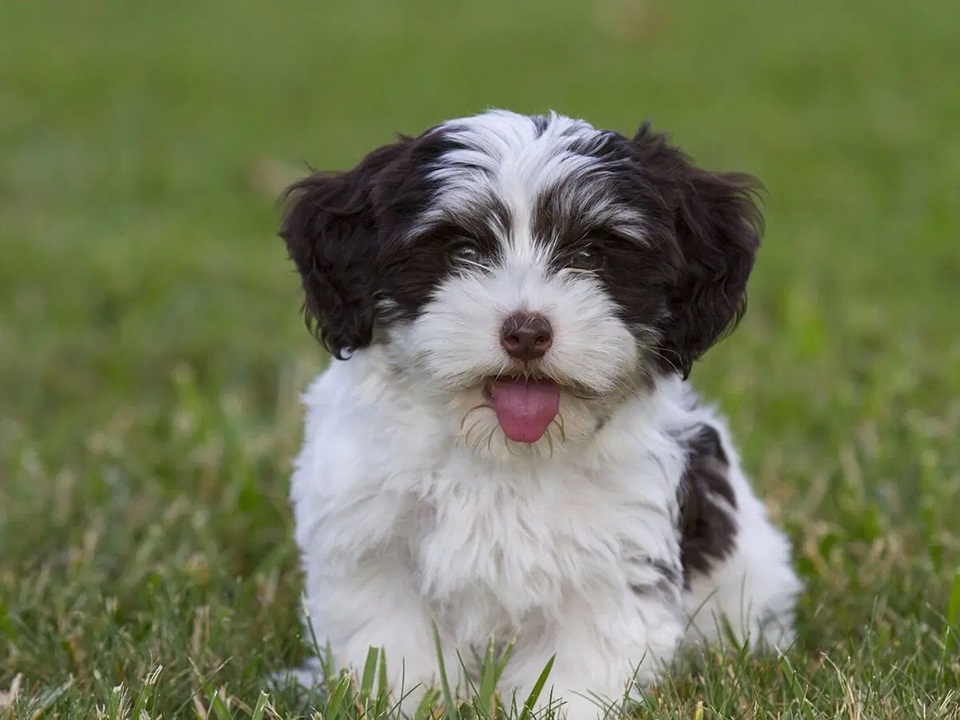
Havanese puppy with cute black and white fur.
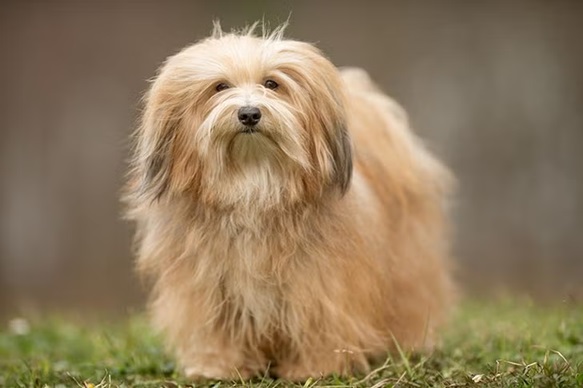
The Havanese has a luxurious long coat.
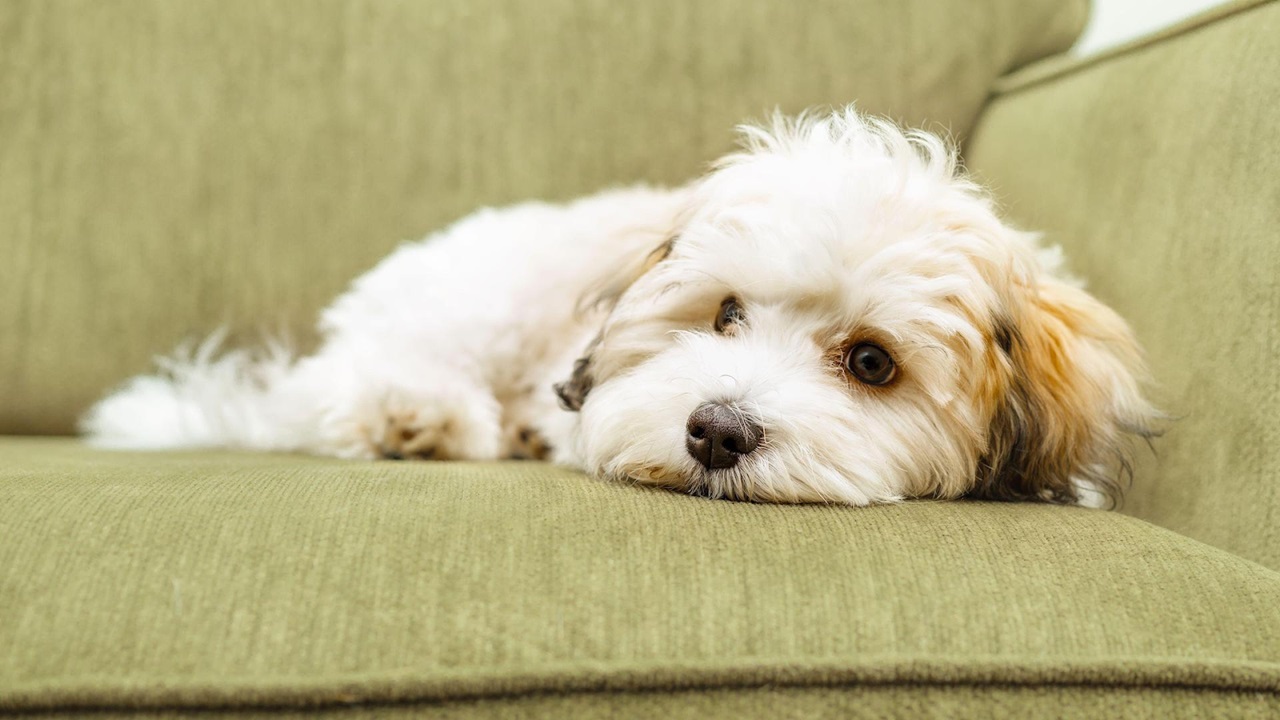
The Havanese puppy is lying listlessly on the sofa.
Hopefully, through the article that dogbreed.wiki shares above, it will help you better understand Havanese dogs as well as know how to take care of them effectively. If you are looking for a small, cute, obedient, easy-to-care-for “four-legged friend”, Havanese is not a bad suggestion.
Don't forget to read the articles in our Blog section to learn more about other beautiful dog breeds.

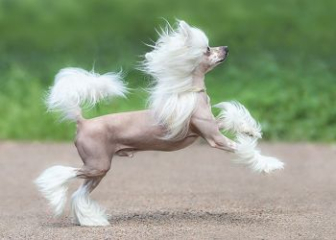
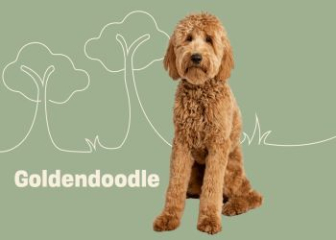
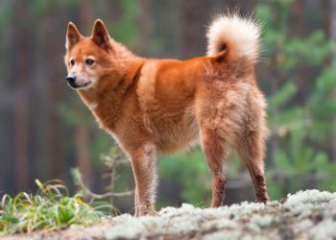

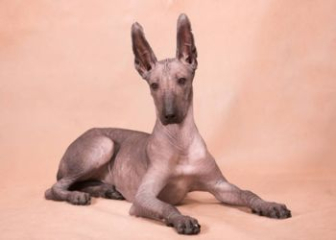
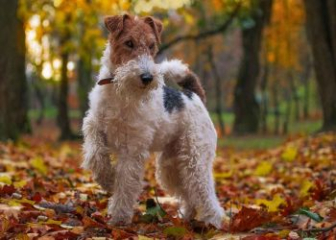
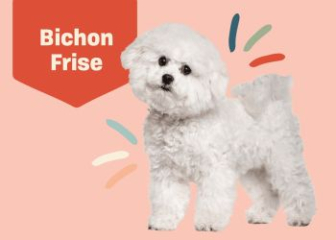
_350x250.jpg)

